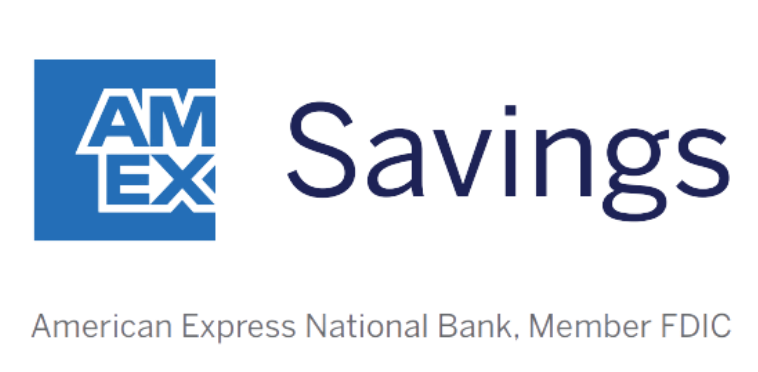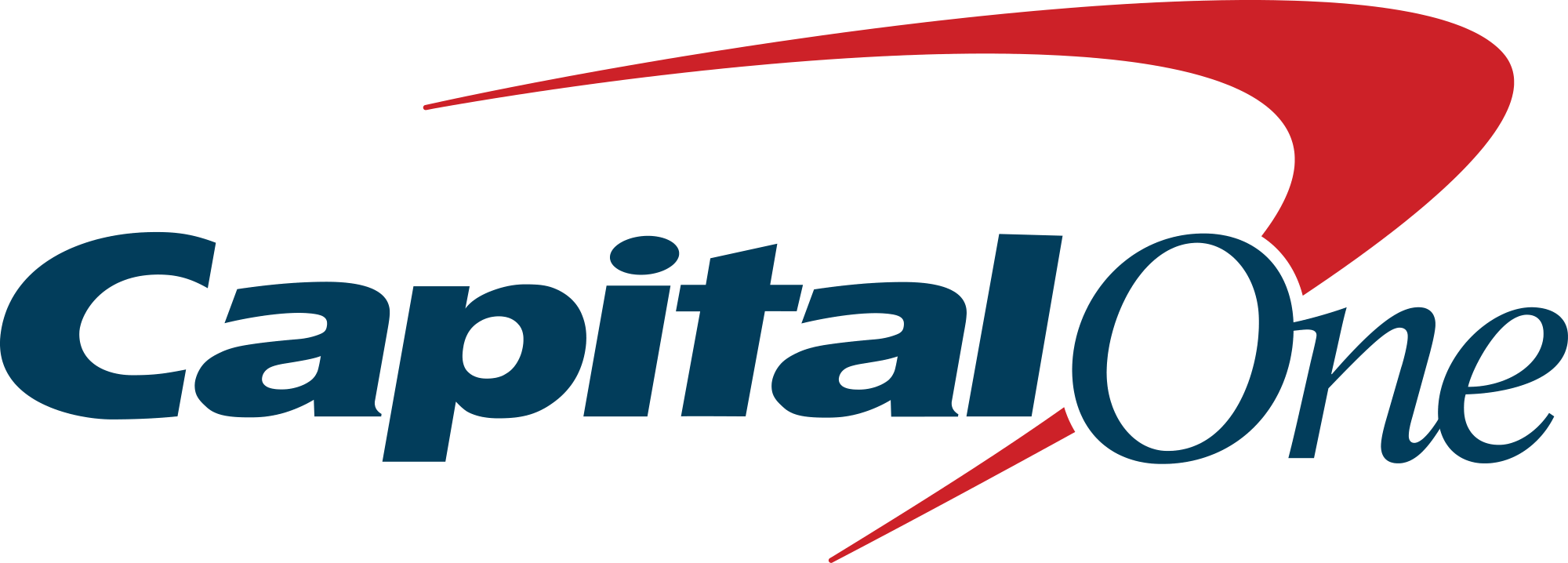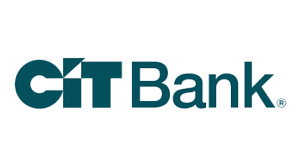Certificates of deposit are a great way to grow your money in the short term, with the protection of FDIC insurance. And unlike the APYs on high-yield savings accounts, your CD rate is locked in for the term — it won’t suddenly drop. But in exchange for this security, you give up the easy access to money you’d have in a savings account and must leave your money in place until the CD term is up.
Next month, we’ll see an event that all CD investors should stay tuned for — the next Federal Open Market Committee meeting. Here’s why this is important, and how you can capitalize on CDs.
FOMC — we meet again
Nov. 6-7 are the dates of the next Federal Open Market Committee (FOMC) meeting. The 12 members of this committee weigh economic factors to determine the federal monetary policy by raising and lowering the federal funds rate, which is the benchmark interest rate.
This is the rate banks use when they borrow money from each other, but it also influences consumer rates on borrowed money and deposit bank accounts. The FOMC made the first of its rate cuts at its September meeting, electing to shave half a percentage point off the federal funds rate. More rate cuts are expected in future meetings, including in November.
Our Picks for the Best High-Yield Savings Accounts of 2024
|
American Express® High Yield Savings 
APY 4.10%
|
APY 4.10%
|
Min. to earn $0 |
|
Capital One 360 Performance Savings 
APY 4.10%
|
APY 4.10%
|
Min. to earn $0 |
|
CIT Platinum Savings 
APY 4.70% APY for balances of $5,000 or more
Min. to earn $100 to open account, $5,000 for max APY
|
APY 4.70% APY for balances of $5,000 or more
|
Min. to earn $100 to open account, $5,000 for max APY |
Why should this matter for CD investors?
CD rates are impacted by the federal funds rate. We’ve seen higher rates on shorter-term CDs (those with terms of 18 months or less) as of late thanks to a higher federal funds rate. The FOMC raised it 11 times between March 2022 and July 2023, in an attempt to bring down high inflation.
This move has worked. Inflation peaked at 9.1% in June 2022 (the highest rate in 40 years), and has now come back down. As of the most recent Consumer Price Index Summary, inflation stood at 2.4% in September 2024. So it’s time for the Fed to bring its benchmark rate back down.
This won’t impact current CD accounts, as the rates on those are locked in. We will see lower rates on new CD accounts, though. If you had opened a 1-year CD earlier this year, you might have enjoyed a rate around 5%.
But as of this writing, our favorite 1-year CDs all have rates under 5%. If you’re interested in opening CDs, it’s worth following the actions of the Federal Reserve to know where CD rates are heading.
Ready to open a CD? Dig into our coverage of the best CD rates to pick the term and rate that’s best for you.
A few tips for aspiring CD investors
Yes, rates on CDs have already fallen — but it’s not too late to get into the CD game. Here’s what to focus on.
Ensure a CD is right for you
CDs aren’t the best choice for every saver. Your emergency fund doesn’t belong in one, because you could need that money at any time. And money you’re saving for a far-off goal, like retirement, should be invested in a brokerage or retirement account.
CDs are good for money with a specific near-term goal, like a new car purchase in a year or college for your child in five years.
Find the best rate and term
Different banks offer different CD rates, so shop around. And make sure you zero in on the right target for your CD term — a 5-year CD isn’t the best fit if you’ll need the money sooner than that, because you don’t want to pay an early withdrawal penalty.
Consider a CD ladder
Hoping to benefit from guaranteed returns but unwilling to give up access to all your money for a long time? Build a CD ladder by opening different CDs of varying terms. As CD terms end, you can take that money out to use it or roll it into new CDs.
Individual banks set CD rates, not the Federal Reserve. But those banks follow the actions of the Fed to make their decisions — and so should you. If you’ve got your eye on CDs, pay attention in a few weeks when the FOMC meets again.

